18th YRICC | RainMed Medical Satellite Symposium Has Been Successfully Held
- Categories:News Center
- Author:
- Origin:
- Time of issue:2022-07-29 10:08
- Views:
(Summary description)On July 22nd, 2022, during the 18th Yellow River International Cardiology Conference (YRICC 2022), RainMed Medical successfully held a satellite symposium. Renowned cardiovascular experts from all over the country had a heated discussion on research progress, clinical significance and application scenarios of caFFR and caIMR.
18th YRICC | RainMed Medical Satellite Symposium Has Been Successfully Held
(Summary description)On July 22nd, 2022, during the 18th Yellow River International Cardiology Conference (YRICC 2022), RainMed Medical successfully held a satellite symposium. Renowned cardiovascular experts from all over the country had a heated discussion on research progress, clinical significance and application scenarios of caFFR and caIMR.
- Categories:News Center
- Author:
- Origin:
- Time of issue:2022-07-29 10:08
- Views:
On July 22nd, 2022, during the 18th Yellow River International Cardiology Conference (YRICC 2022), RainMed Medical successfully held a satellite symposium. Renowned cardiovascular experts from all over the country had a heated discussion on research progress, clinical significance and application scenarios of caFFR and caIMR.
The symposium was chaired by Prof. Lianqun Cui from Shandong Provincial Hospital. Prof. Haihui Sun from Shandong Provincial Hospital, Prof. Jifu Li from Qilu Hospital of Shandong University and Prof. Dawei Yu from Yantai Mountain Hospital served as the speakers.
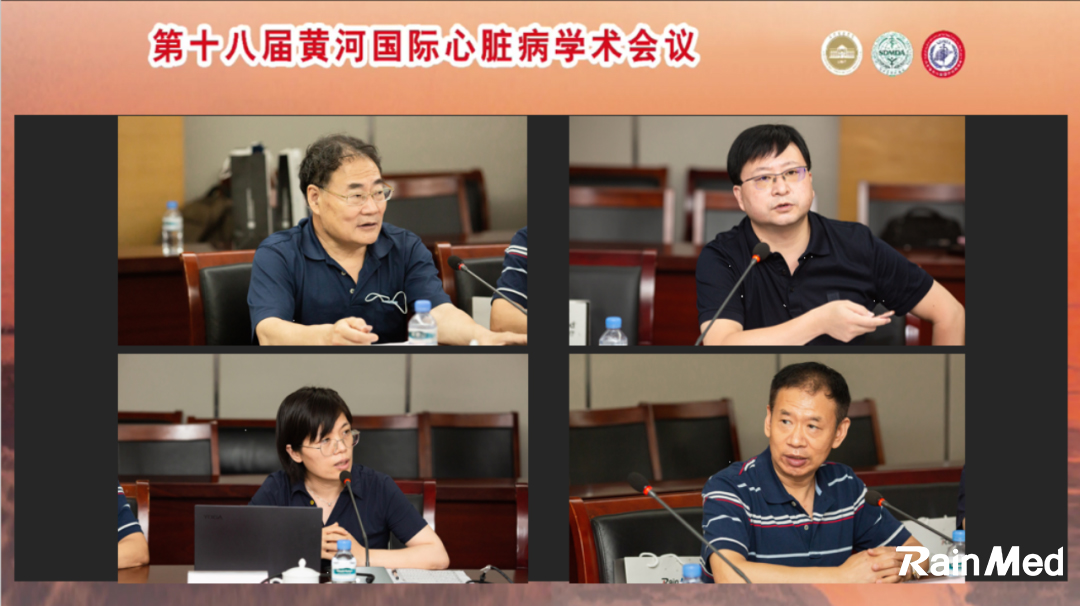
Haihui Sun: It is recommended that RainMed’s caFFR system be routinely used to evaluate the functional impact of borderline lesions, so as to guide precise coronary intervention
Professor Haihui Sun shared her typical case of using caFFR system to guide the interventional treatment of coronary borderline lesions. A 57-year-old female patient came to her hospital for treatment because of paroxysmal chest tightness for one month. The patient was diagnosed as unstable angina pectoris and grade I cardiac function. Angiography showed moderate stenosis in LAD, and quantitative coronary angiography (QCA) showed 53% stenosis in LAD. In order to avoid missed diagnosis of myocardial ischemia, caFFR system was used to evaluate ischemia and it was found that the caFFR of LAD was only 0.52, so interventional treatment was performed. Finally, the caFFR of LAD was 0.96 after operation, and the treatment was successful.
Professor Haihui Sun pointed out that coronary angiography and QCA can not accurately judge myocardial ischemia. For borderline coronary lesions, one third of ischemic patients are missed with coronary angiography alone. FFR, the "gold standard" for functional assessment of coronary stenosis, should be used to assist decision-making in patients with borderline coronary artery lesions. Compared with conventional guide wire-based FFR, caFFR system is an advanced FFR evaluation method, which does not require pressure guide wire and hyperemic agents as well as other complex operations. It can easily, quickly and accurately evaluate the functional impact of coronary artery lesions, precisely guide interventional therapy, and should be recommended for clinical routine application.
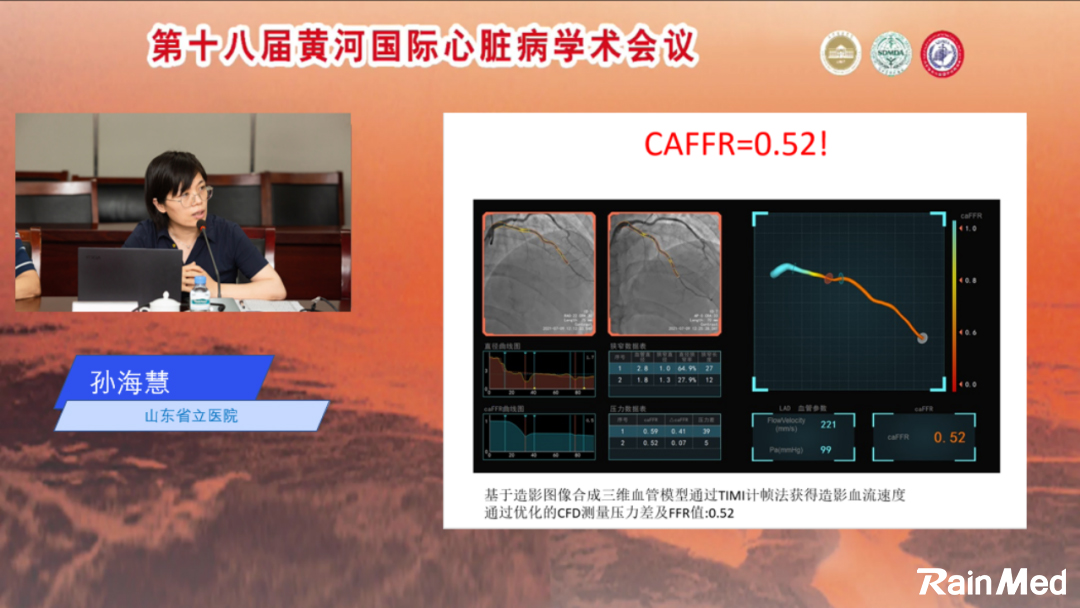
Li Jifu: RainMed’s caIMR system allows rapid evaluation before and after PCI, providing an opportunity for large-scale coronary microcirculatory functional diagnosis
Professor Jifu Li presented the results of the clinical trial of RainMed’s caIMR System. Flash III trial is a prospective, multicenter, blinded design registered clinical experiment to evaluate the efficacy and safety of caIMR. Result showed that the accuracy of online and offline measurement was as high as 93.81% and 94.69% respectively. Compared with guide wire-based IMR, it has high sensitivity and speciality.
Professor Jifu Li said: The traditional guide wire-based IMR detection technology requires the use of pressure guidewire, hyperemic agents and repeated injection of SPSS, which is complicated and has high surgical risk, and is difficult to be used daily. However, RainMed’s caIMR system has solved the difficult problem of guide wire-based IMR technology in a pioneering way, allowing rapid evaluation before and after PCI, and providing an opportunity for large-scale coronary microcirculatory functional diagnosis.
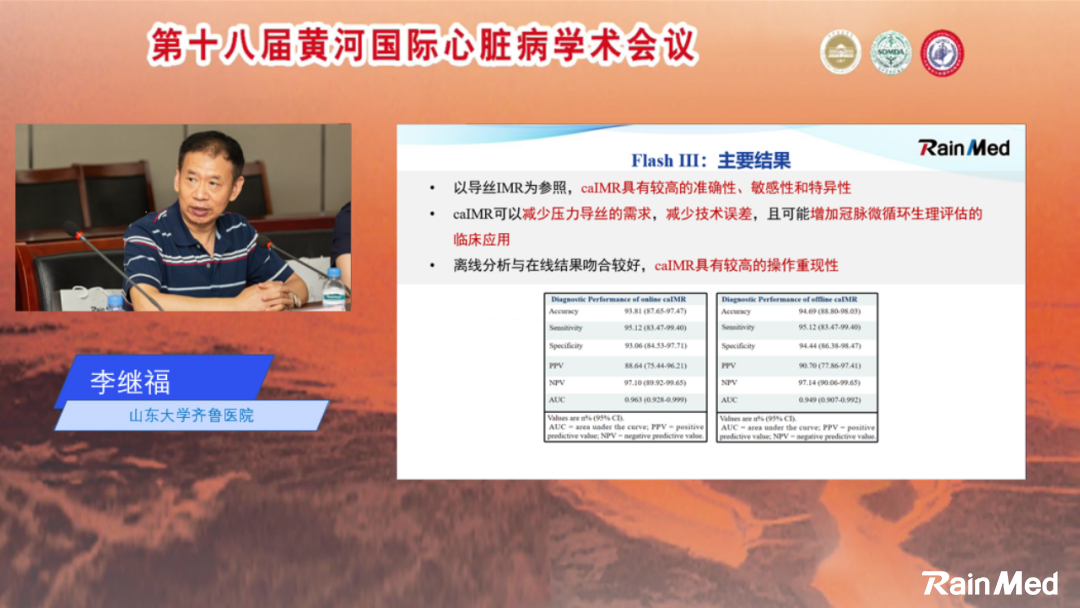
Dawei Yu: The accuracy of endovascular coronary imaging in the evaluation of myocardial ischemia in non-left main disease is only about 70%, so direct use of endovascular coronary imaging for functional evaluation is not recommended
Prof. Dawei Yu discussed the choice between FFR and endovascular imaging. He pointed out that FFR is a functional evaluation method, which is used to determine whether coronary stenosis causes myocardial ischemia and whether PCI is needed, and to evaluate the effect and prognosis of PCI. Endovascular imaging is mainly used for patients with complex lesions requiring PCI to guide and optimize the process of interventional therapy. Guidelines and expert consensus do not recommend direct use of endovascular imaging for functional assessment, because endovascular imaging in the evaluation of myocardial ischemia of non-left main artery disease has only moderate diagnostic efficiency, with an accuracy rate of only about 70%. For interventional treatment of complex lesions, the combination of FFR and endovascular imaging can better improve prognosis.
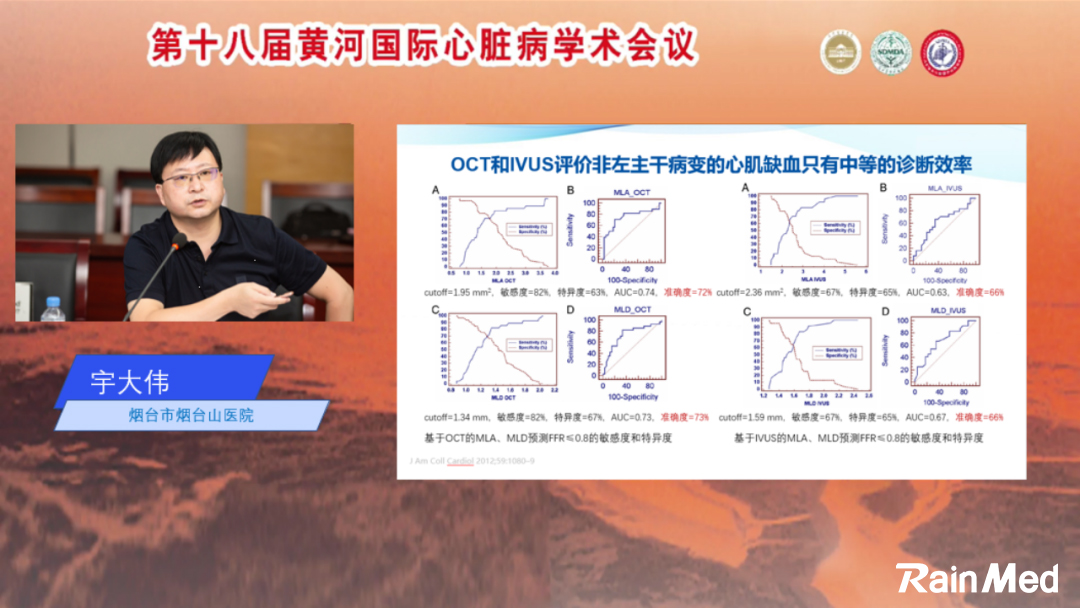
Lianqun Cui: The combination of caFFR and caIMR can evaluate myocardial ischemia conveniently and quickly, improve the application rate of coronary functional analysis and precisely guide the treatment of coronary heart disease.
Professor Lianqun Cui gave a special report on the development of functional evaluation in the diagnosis and treatment of coronary disease. He pointed out that FFR is currently the gold standard for coronary functional evaluation, and the application of FFR-guided PCI has changed the treatment strategy of one-third of patients and improved the prognosis. Coronary microcirculation dysfunction is also an important cause of myocardial ischemia, and IMR is recommended to evaluate coronary microcirculation function by guidelines. The combination of caFFR and caIMR can evaluate myocardial ischemia conveniently and quickly, improve the application rate of coronary functional analysis and precisely guide the treatment of coronary heart disease.
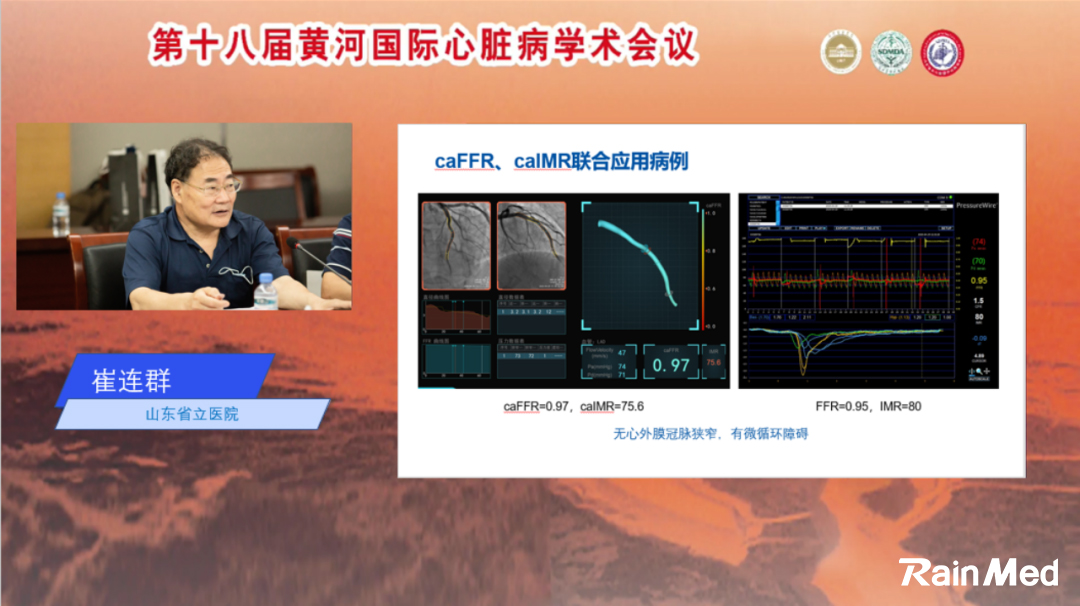
The conference presented the clinical advantages of RainMed's caFFR and caIMR, which are non-interventional coronary functional indicators, and provided an opportunity to improve the clinical application rate of coronary functional evaluation and promote precise coronary diagnosis and treatment. In the future, RainMed Medical will continue to uphold the purpose of "Targeted medical services for people's health", innovatively launch vascular interventional surgery robot to gradually form an "unmanned operating room". Clinicians will be free from tedious, time-consuming work, and the majority of patients will be offered innovative treatment solutions.
CONTACT US
0512-62622215
Address: Building 31, Northeast District, Nano City, No. 99 Jinji Lake Avenue, Suzhou industrial park
E-mail: market@rainmed.com

WeChat public account

Recruitment QR Code
Page Copyright© 2021- Suzhou Rainmed Medical Technology Co., Ltd. 苏公网安备32059002003601号 (苏)-非经营性-2021-0149


